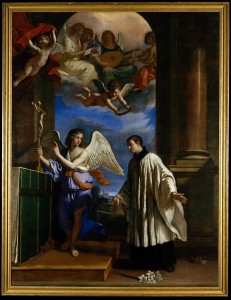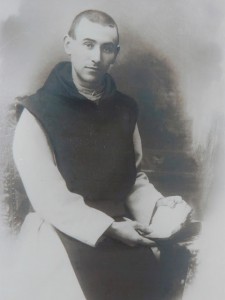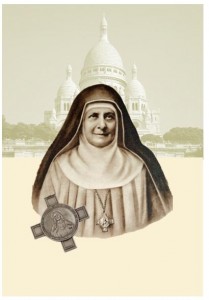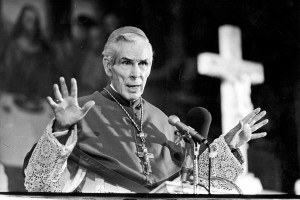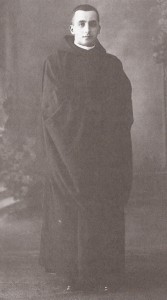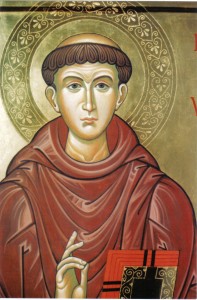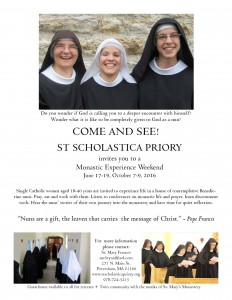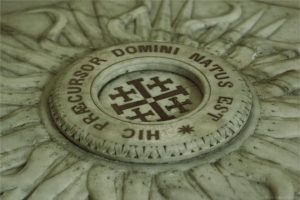 Hic Præcursor Domini natus est!
Hic Præcursor Domini natus est!
Indeed, we honor the nativity of John the Baptist today. Only two others are honored with a feast day for their Nativity: Our Lord and Savior and His beloved and Great Mother, Mary.
The Church prays to God who lifted up for us the Baptist as the precursor for the Incarnate Word of God, that he make ready a nation for the Lord’s coming and direct the hearts of all the faithful into the way of salvation and peace.
It is revealed to us that the blessed forerunner of the Lord, John, was a martyr. His martyrdom was for his stance, that is, his teaching, on adultery: “It is not lawful for thee to have your brother’s wife.” At the heart of it all was that John spoke the truth; he challenged civil authority to live as they should and he called his contemporaries to be faithful to the faith of their Fathers. Yet, the crafty concubine of Herod silenced John before he could convert the King Herod and his court to repentance and belief in the Messiah.
John the Baptist was not alone in the witness of his life and death as many revered saints spoke similar truths and ended their lives by spilling their blood: among them, Saints John Chrysostom, Thomas Becket, and Stanislaus. Who will do similar today? Is our faith strong enough to face death?
